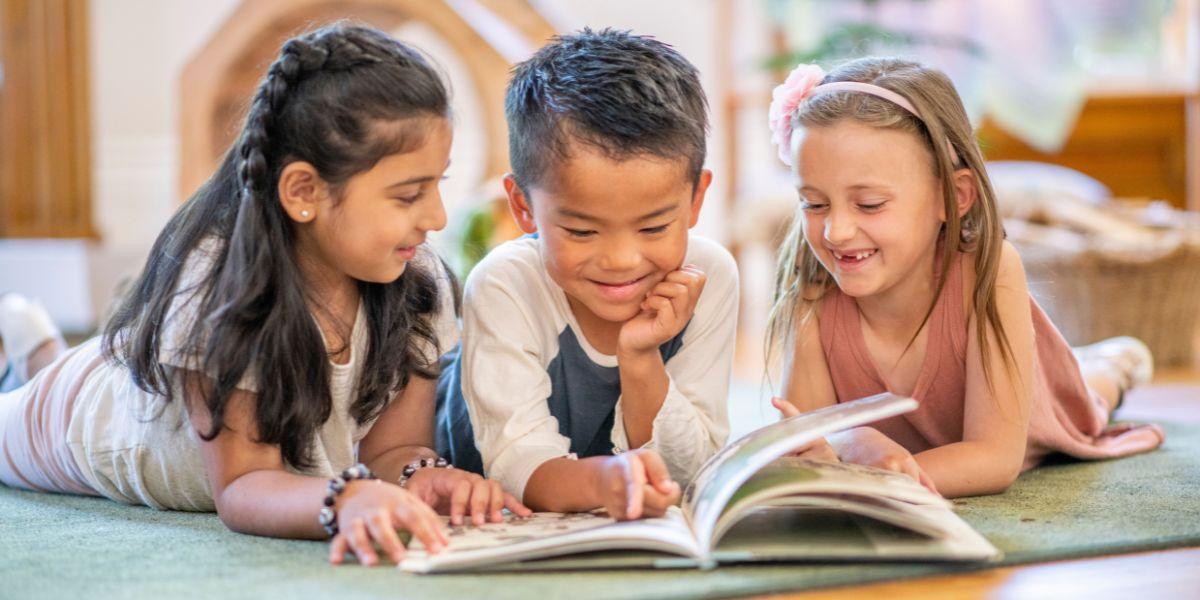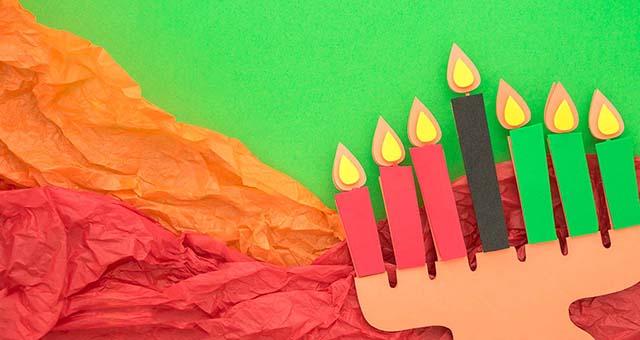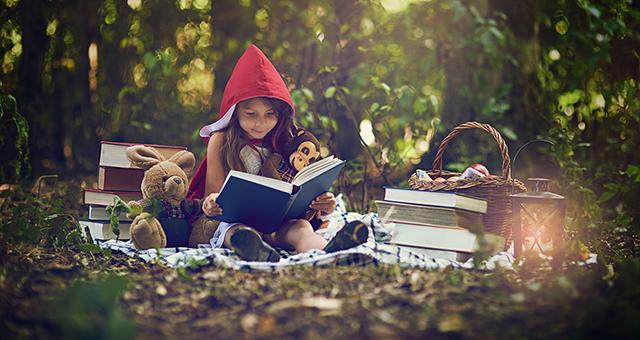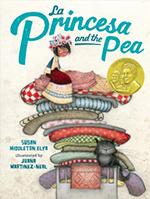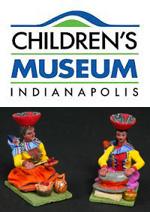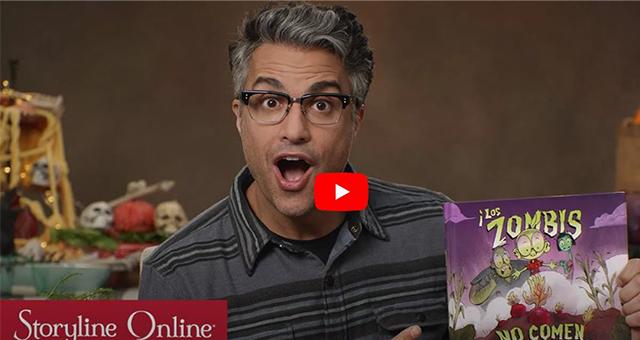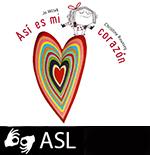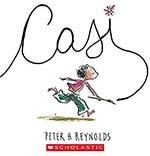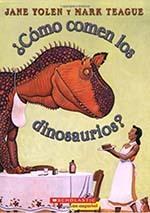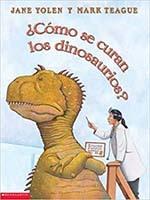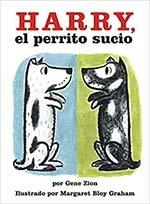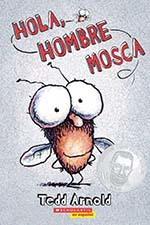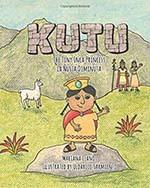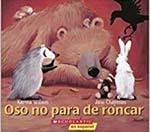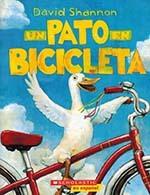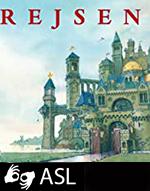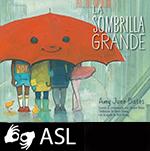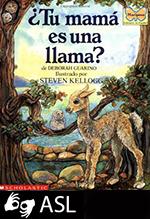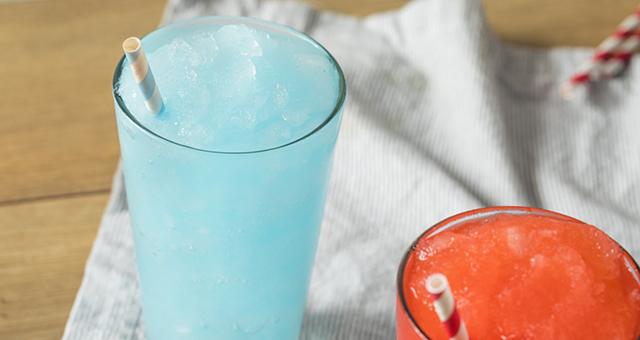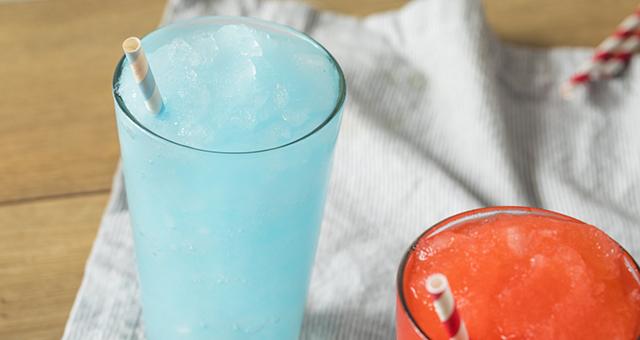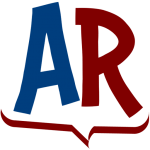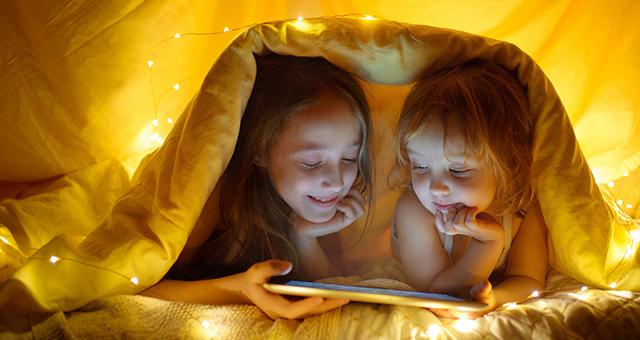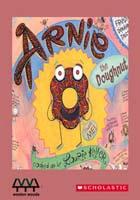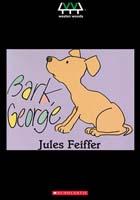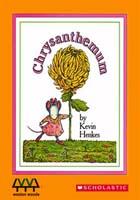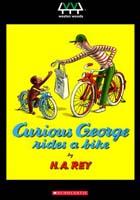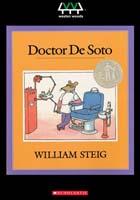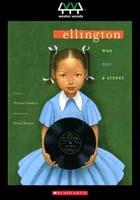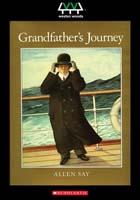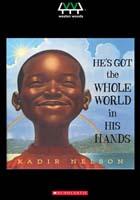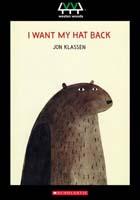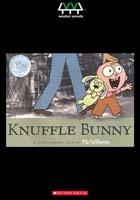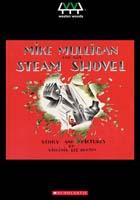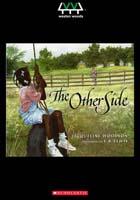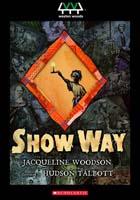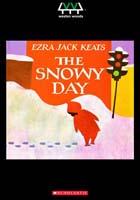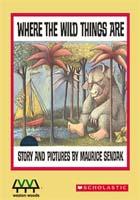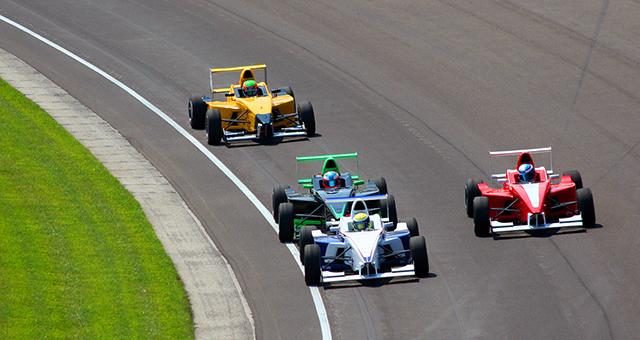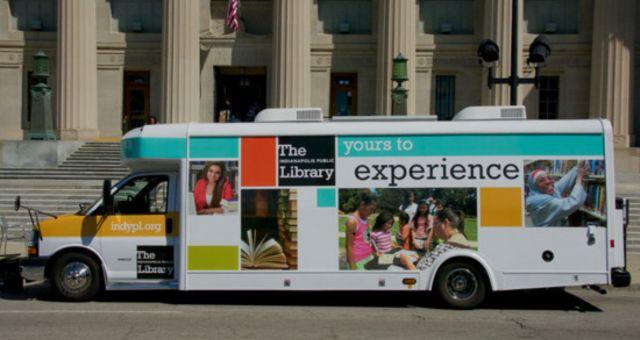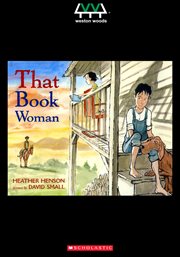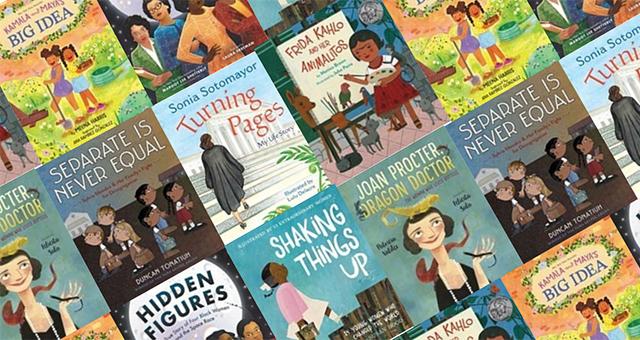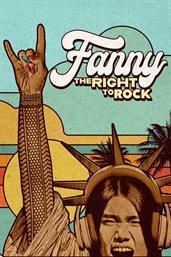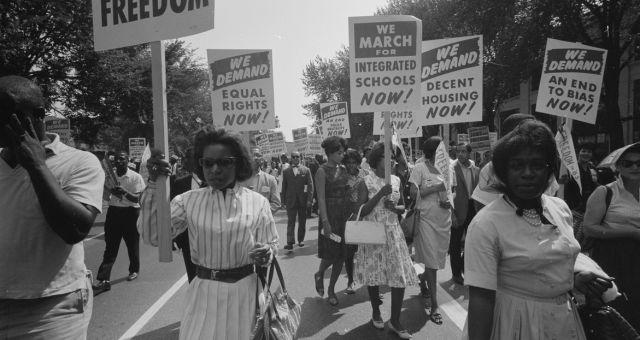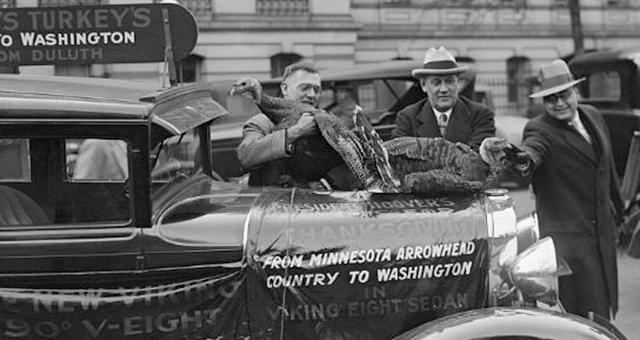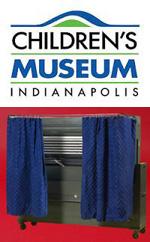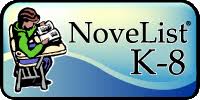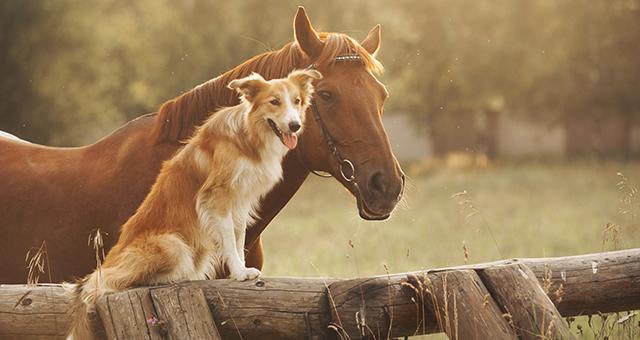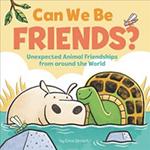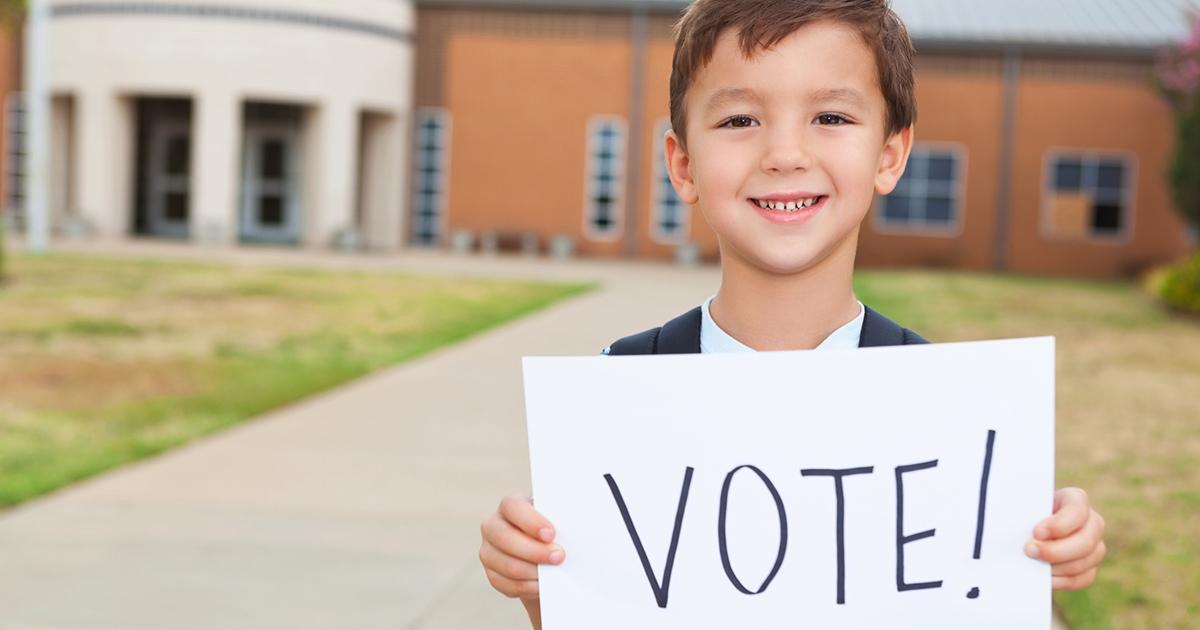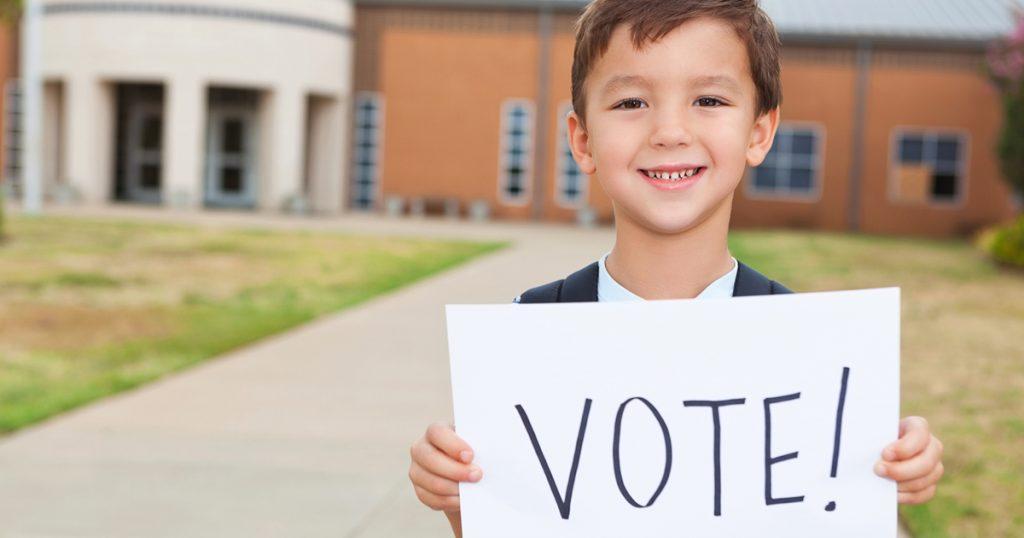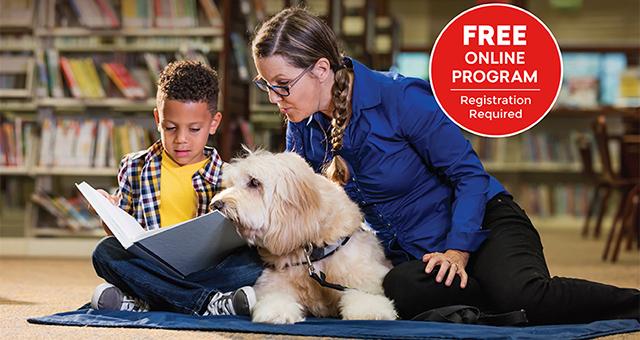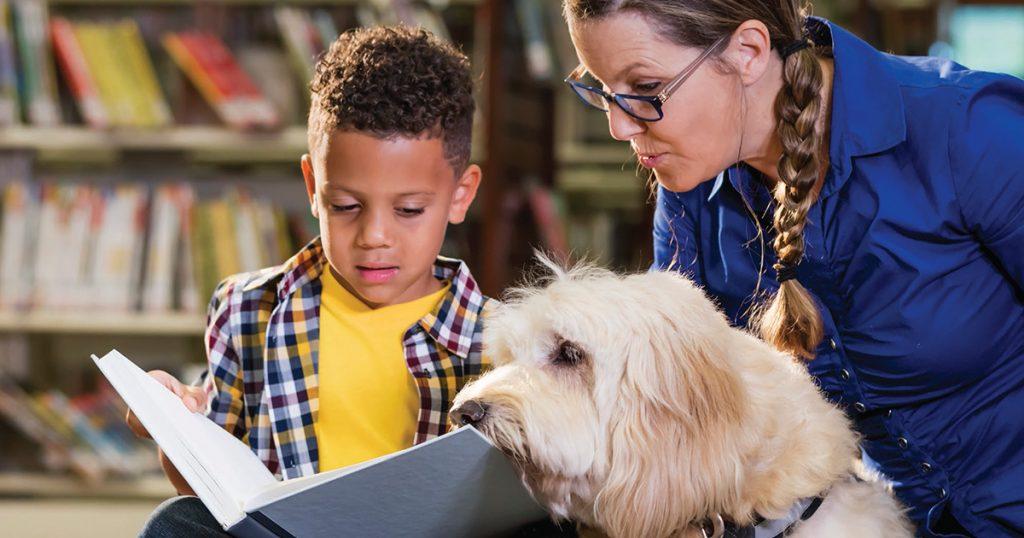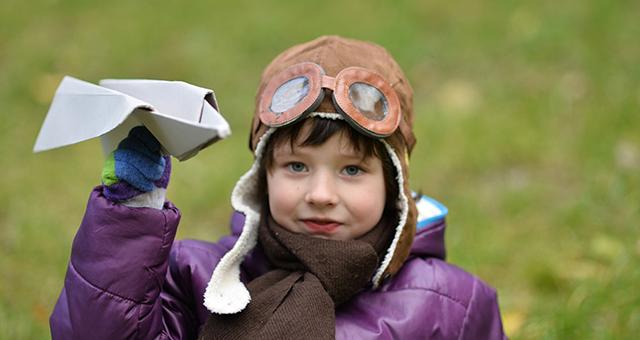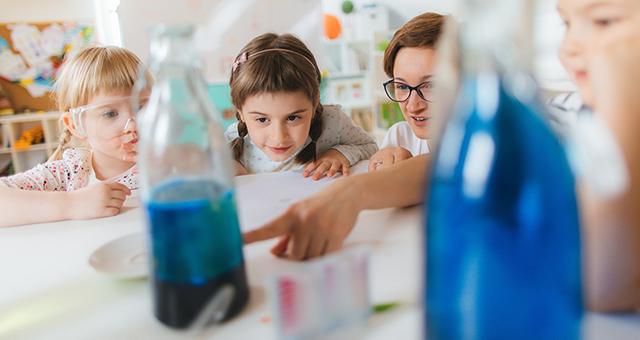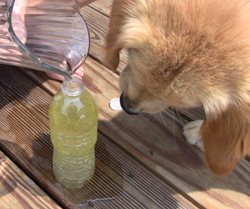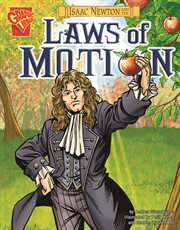This collection of book lists created by our staff can assist students with homework, help them find more books by their favorite authors, and aid parents in finding books for the youngest readers, among other things! We add new lists each month so returning readers can continue to find their next read! Find more reading recommendations for kids in our blog or enjoy storytime online.
Are you looking for MORE reading recommendations for kids? Your child’s new favorite book, handpicked for you! Hoosier Next Read is a personalized book recommendation service from The Indianapolis Public Library. Share your child’s reading preferences, and our Library staff will send you a custom list of 2–5 titles within 7 business days so you’ll always have their next great read ready. You can also visit us in person or online to get ideas for great reads for kids. For one-on-one help call or ask a Library staff member at any of our locations. You can also call, text, or email ask-a- librarian!
You can also get reading recommendations online from NoveList K-8 Plus or Book Connections. Read book reviews, see “read alike” lists, browse starred reviews, and more.
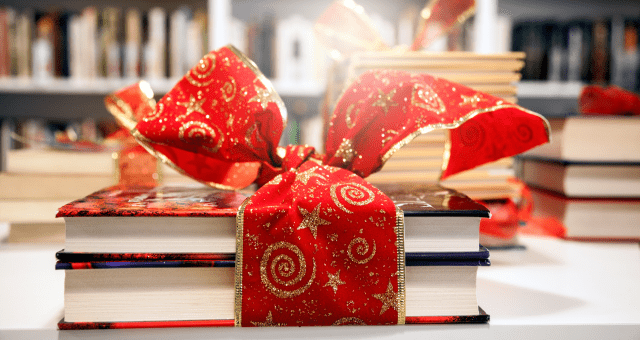
2025 Staff Picks & Gift Guide
Explore our 2025 Staff Picks for adults, teens, and kids to discover your next great read from our curated selections. Find the perfect audiobook to accompany your morning walk, or choose a movie to enjoy on a cozy winter afternoon. Whether you’re searching for engaging books, entertaining media, or thoughtful gifts, our 2025 Staff Picks & Gift Guide offers something for everyone to enjoy.
Staff Picks
2025 Best of Books for Beginning Readers & Transitional Readers
Learning to read is a difficult process and the transition from learning to read to reading for knowledge/comprehension is the next step. This list contains a few of our favorite in the “JZ and JE” selection of our catalog. JZ books are the beginning reader type books with controlled vocabulary and each publishing company approaches them in different ways by sometimes numbering them with a 1 if particularly easy/less words.
JE are the next level up – they might contain chapters or contain one flowing story ore have subject matter that is more complex than a picture book or JZ.
In the JZs, one we like is newest title in the series Dot the Ladybug. Lone Wolf is also a jz series, so you can find more starring this cranky little wolf. In the longer JE category, Jasper Rabbit’s Creepy Tales: Toubling Tonsils is by the team that brought us Creepy Carrots in the picture book area as well as an entry in an “I Survive” type series featuring an arduous winter journey taken by Ojibwe families to receive their annuity from the Federal Government.
2025 Best of Fiction for Kids
We had eight different staff members send some of their favorite “J Fiction” titles. The list includes the newly named National Book Award winner for youth (Teacher of Nomad Land) and the surprise bonus entry in Jason Reynolds’ Track Series – Coach. Reynolds mentioned in a recent interview that he really was not going to write another book in this series, but his young fans wanted more and specifically wanted to know more about Coach.
Just a note -many of us on the Children’s side of the service desk know that Diary of a Wimpy Kid fans (Book 20 Party Pooper) and Dog Man fans (Book 14 – Big Jim Believes) were served up new titles recently in those best-selling and high-circulating series. And other perennial favorite authors to take note of with 2025 new books are: Pocket Bear by Katherine Applegate and Lost Evangeline by Kate DiCamillo.
2025 Best of Graphic Novels for Kids
Graphic Novels for kids has been an explosive market for publishers as well as authors and cartoonists alike. Anyone with a child around 8 years old already knows that the Dog Man series by Dav Pilkey has a new installment out. (Dog Man: Big Jim Believes). The list below provides a glimpse into some of our staff’s favorites that they read and were published in 2025 including The Cartoonists Club by Raina Telgemeier (Smile – a perennial favorite of hers that tweens still ask for) and the silly Cabin Head and Tree Head by Scott Campbell (Hug Machine – picture book).
Not on the list, but worth noting – many traditional narrative novels are being adapted and finding their way into this format. For example: the beloved and popular Junie B. Jones series (Barbara Park) is being released in this format; Tuck Everlasting (Natalie Babbitt) has a 50th anniversary this year and is now in graphic format, and the award-winning One Crazy Summer (Rita Williams-Garcia) was also released as a graphic novel this year.
2025 Best of Picture Books
Our overwhelming favorite vote getter from 2025 is the very sly and funny Don’t Trust Fish by Neil Sharpson followed closely by the adorable Every Monday Mabel by Jashar Awan.
See some beautiful art in several titles (Possible Caldecott contenders, we hope) such as: Cat Nap (Lies), Little Rebels (Morales), Fireworks (Burgess), and A Place for Us (Ransome). A couple of wordless or nearly wordless books – Pencil (Kim)and A Place for Us. Twisted or read like fairy/folktales such as Hansel and Gretel (by Stephen King featuring art by Maurice Sendak) and There’s a Bear Out there (Hannigan).
At the end of the list find a few favorites from previous years – one of which is a pretty funny potty book – How to Pee Your Pants *the right way.
8 Nights of Bedtime Stories for Hanukkah
Here are 50+ wonderful Hanukkah stories – so many you can read more than one each night! These selections come from The Sydney Taylor Book Award that recognizes the best Jewish children’s books each year, as well as the PJ Library, the Association of Jewish Libraries, the Jewish Museum, and the Jewish Book Council.
Birds in Winter
National Bird Day takes place January 5th.
This marks the end of the Christmas Bird Count (December 14th to January 5th), an annual conservation effort that has expanded internationally, where everyday people volunteer to join scientists and track what kind and number of birds they see outdoors. To celebrate our aves, cozy up with these children’s picture books (JPs) featuring birds in winter.
Books for Kids to Celebrate Kwanzaa and Nguzo Saba
Diverse Winter Holidays
As we ease into our cold Indiana winter, here are some wonderful diverse children’s book celebrating different winter holidays and traditions. From the celebrations of a big Italian family, to flying latkes; holidays are a wonderful gathering of family and friends. They represent unity also called “Umoja”. Whether you light the Menorah, or Celebrate Harvest or wish each other a Feliz Navidad, the holidays are all about friends, family and love.
Favorite, Classic and New Christmas Stories
There are many holiday favorites to get your family in the holiday spirit from illustrated versions of the Bible to stories about family traditions to the silly antics of favorite book characters celebrating the holiday in their own unique way. Can Bad Kitty even get on Santa’s nice list? There are 25+ in all. That oughta last ya!
A Multitude of Multicultural Christmas Books for Kids
December is a time of year that brings people together. The happiness, generosity, and spirit of good will provides a great opportunity to share with kids how people of different traditions and cultures gather and celebrate. It is a natural time to focus on the things we share while also celebrating the wonderful ways we are different. The stories listed here show the countless ways people down the street, across town or across the globe celebrate Christmas.
Snuggle Up & Start Fresh: Cozy Read-Alouds for Families This New Year’s Eve
As one year ends and another begins, there’s no better way to celebrate than by sharing stories together. These cozy, heartwarming read-alouds are filled with love, laughter, and gentle lessons about hope, kindness, and new beginnings. Perfect for pajamas, cocoa, and staying up just a little past bedtime.
Join Us for Storytime!
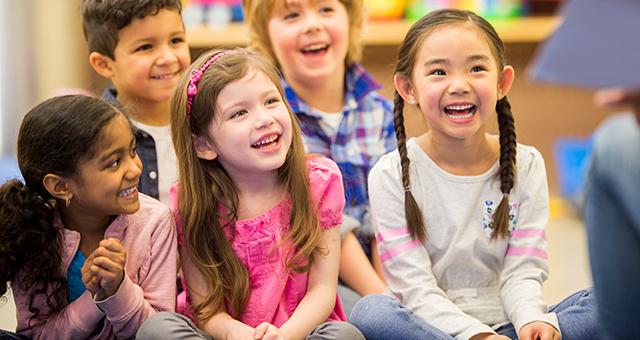
- Event: Storytime at College Avenue – Babies
- Date & Time: Friday, December 26, 10:30am
- Location: College Avenue Branch
- Description: Mother Goose is on the loose! Babies up to 24 months and an adult are invited for stories, songs, fingerplays, and fun! Each session is followed by playtime just for babies.
- No Registration Required.
- Event: Tales ‘n Play Storytime
- Date & Time: Friday, December 26, 11:00am
- Location: Central Library
- Description: Stop in for some stories, music, and fun! Children ages 0-5 and their caregivers are invited to join Kid Central for a storytime! Afterward, all are welcome to stay for some open playtime.
- No Registration Required.
- Event: Storytime at Eagle – Pajama Time!
- Date & Time: Tuesday, December 30, 7:00pm
- Location: Community Location
- Description: Families with children ages 3 – 8 are invited for a fun-filled storytime featuring stories, music and activities! Children are welcome to wear their pajamas and bring their favorite stuffie for bedtime! No registration is required!
- No Registration Required.
